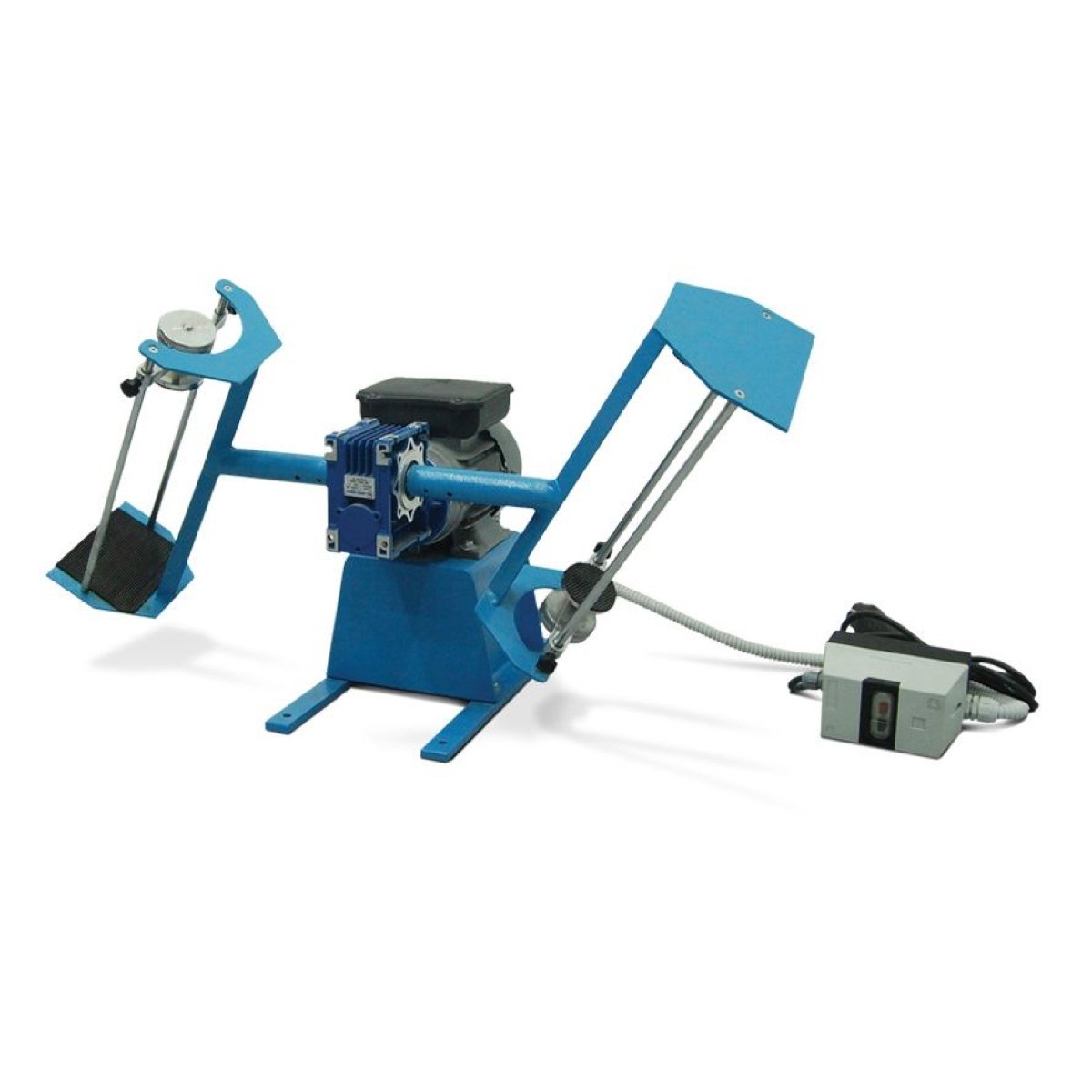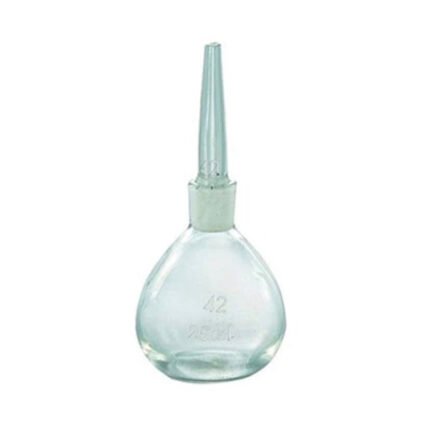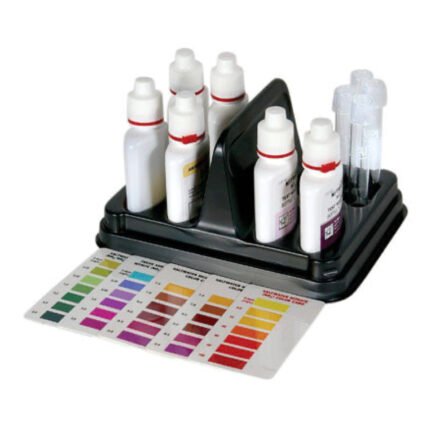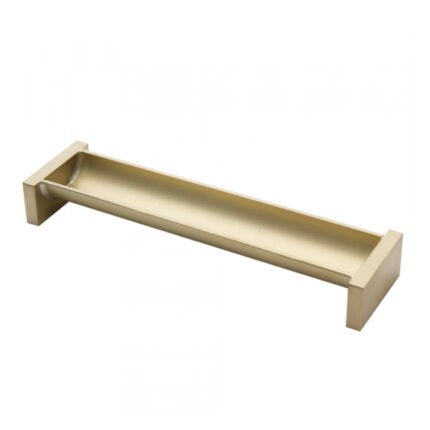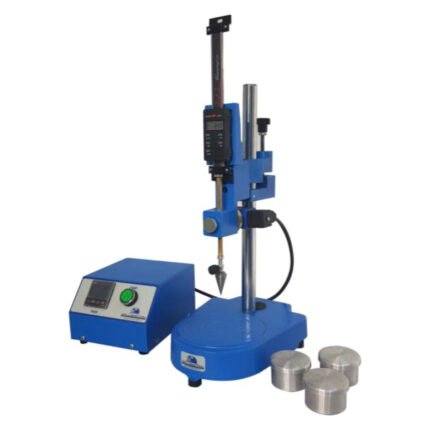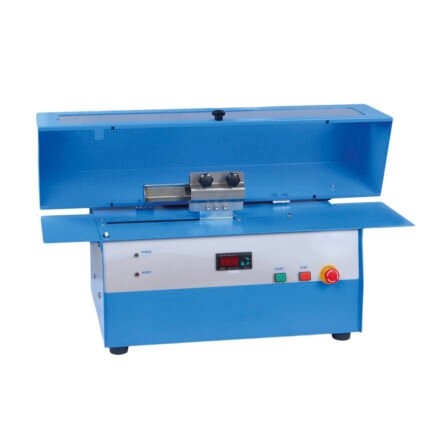AZA 0885 PARTICLE DENSITY BY GAS JAR METHOD (END-OVER-END SHAKER)
- AZA 0885: Particle density test set for fine soil samples
- Gas Jar Method: Conforms to IS:2720 (Part 3) & BS 1377
- Includes End-over-End Shaker: Ensures uniform mixing
- Measures Soil Specific Gravity: For classification & design
- Used in Geotechnical Labs: Ideal for fine-grained soils
Description
Particle Density by Gas Jar Method – AZA 0885 is a precision apparatus used in soil testing laboratories for determining the specific gravity (particle density) of fine-grained soils. This method is especially suitable where traditional pycnometers may not provide sufficient accuracy or are difficult to operate with cohesive soils.UTEST+2AZALAB+2NL Scientific+2
The AZA 0885 kit employs the Gas Jar Method with an End-over-End Shaker, a standardized and highly reliable process specified in IS: 2720 (Part 3/Section 1) and BS 1377. The combination of a transparent gas jar and mechanical shaker ensures uniform distribution and suspension of soil particles, enabling precise and repeatable readings of particle density.AZALAB+1UTEST+1UTEST+1AZALAB+1
AZA 0885 Particle Density – Reliable Measurement for Soil Characterization
Particle density is a fundamental property used to assess the mineralogical composition, porosity, and compaction characteristics of soils. It is vital in geotechnical design, soil classification, and construction planning.
The AZA 0885 test set is designed to perform this task with high repeatability and accuracy. It includes a gas jar with airtight lid, measuring accessories, and an end-over-end shaker which automates the sample mixing process for consistency and efficiency.
Key Features and Benefits
-
Standardized Procedure: Compliant with IS: 2720 (Part 3) and BS 1377, ensuring industry-accepted accuracy.
-
Mechanical Shaking: The end-over-end shaker ensures thorough mixing of soil and water, reducing human error in sample handling.
-
Clear Gas Jar: Allows for visual inspection and precise volumetric observation.
-
Minimizes Entrapped Air: Enhances test reliability, especially for clayey and fine soils.
-
Durable Construction: Corrosion-resistant components built for long-term lab use.
Typical Components of the AZA 0885 Set
-
Gas Jar with Cap: Graduated glass or polycarbonate jar with airtight screw lid
-
End-over-End Shaker: Motorized shaker rotates the jar uniformly for homogeneous sample mixing
-
Measuring Cylinder: For accurate measurement of distilled water
-
Weighing Accessories: For soil sample preparation
-
Thermometer (Optional): For water temperature monitoring during the test
-
Plastic Funnel and Stirrer: To assist with soil and water mixing
Specifications
| Feature | Description |
|---|---|
| Model | AZA 0885 |
| Test Method | Gas Jar Method with End-over-End Shaker |
| Standards | IS: 2720 (Part 3/Section 1), BS 1377 |
| Shaker Type | End-over-End, motor-driven |
| Jar Capacity | 1-liter or custom size |
| Voltage | 230V, 50 Hz (can be customized for 110V) |
| Use Case | Soil classification, geotechnical studies |
| Material | Borosilicate/Polycarbonate jar, powder-coated shaker |
Applications
-
Geotechnical Engineering: Determine specific gravity of soils for foundations, retaining walls, and embankments.
-
Soil Classification: Essential for determining soil group using plasticity charts and soil mechanics parameters.
-
Research Laboratories: Used in universities and research labs for soil property analysis.
-
Construction Quality Control: Validates soil stability and compaction for roadways, dams, and structures.
How the Test Works
-
A dry soil sample is mixed with water in the gas jar.
-
The jar is sealed and mounted on the end-over-end shaker.
-
After shaking, the soil is left to settle.
-
The volume displacement and known mass of soil are used to calculate particle density.
This test helps engineers understand the proportion of solid particles relative to voids in the soil, influencing strength, permeability, and settlement characteristics.
🔹 FAQs
Q1: What is the particle density of soil?
A1: It’s the ratio of the mass of soil solids to their volume, excluding pores. Typically ranges from 2.6 to 2.75 g/cm³.
Q2: Why use the gas jar method?
A2: It provides better accuracy for fine soils and reduces errors from air entrapment compared to traditional methods.
Q3: Can this equipment be used for all types of soils?
A3: It is especially effective for fine-grained soils like silts and clays.
Q4: Does the shaker require calibration?
A4: No frequent calibration is needed, but periodic checks ensure consistent rotation speed.
Q5: How long does one test cycle take?
A5: Including preparation and settling, it generally takes 1.5 to 2 hours.
Related products
AZA 0848 PLASTIC LIMIT SET
AZA 0850 LINEAR SHRINKAGE MOULD
AZA 0852 SEMI AUTOMATIC CONE PENETROMETER
AZA 0853 LIQUID LIMIT DEVICE WITH COUNTER
AZA 0855 HIGH SPEED STIRRER
AZA 0857 PARTICLE SIZE SEDIMENTATION (HYDROMETER METHOD)
- Particle size distribution using hydrometer sedimentation
- Suitable for clays and silts below 75 microns
- Conforms to IS 2720 Part IV & ASTM D422
- Includes hydrometer, sedimentation cylinder, thermometer
- Accurate readings of soil particle settlement over time
- Ideal for soil mechanics, civil and geotechnical labs
AZA 0860 METHYLENE BLUE TEST SET
- Determines clay content in fines and aggregates
- Based on Methylene Blue Value (MBV) method
- Complies with ASTM C837 and EN 933-9 standards
- Includes digital burette, conical flask, filter paper, and stirrer
- High sensitivity to montmorillonite and other clays
- Ideal for geotechnical, concrete, and aggregate testing labs

 Rock
Rock Aggregate
Aggregate Cement
Cement Concrete
Concrete Soil
Soil Steel
Steel Bitumen/Asphalt
Bitumen/Asphalt Security Survey Equipment
Security Survey Equipment General Items
General Items